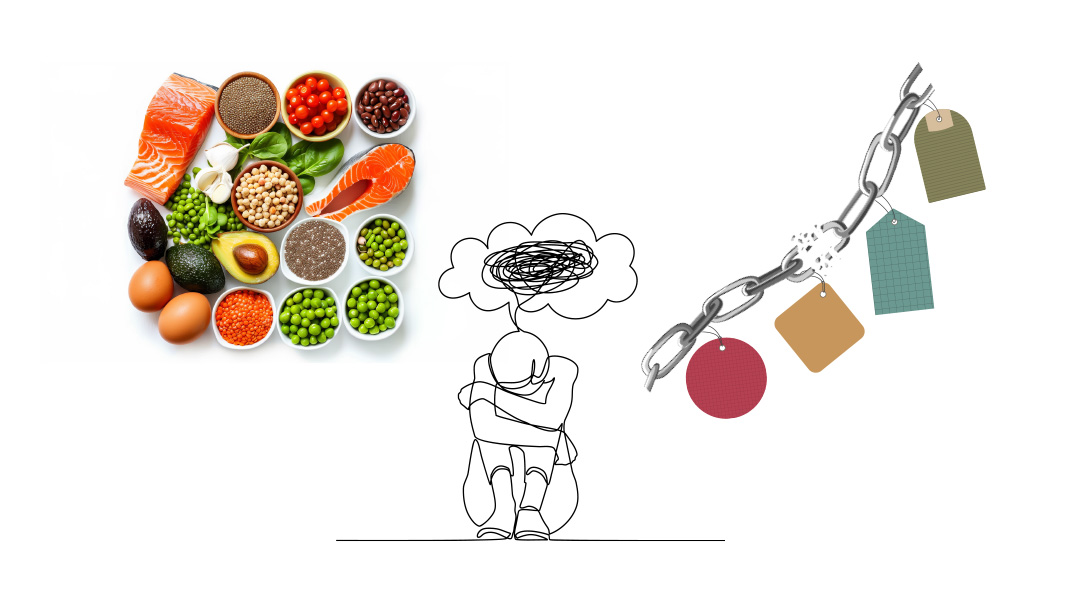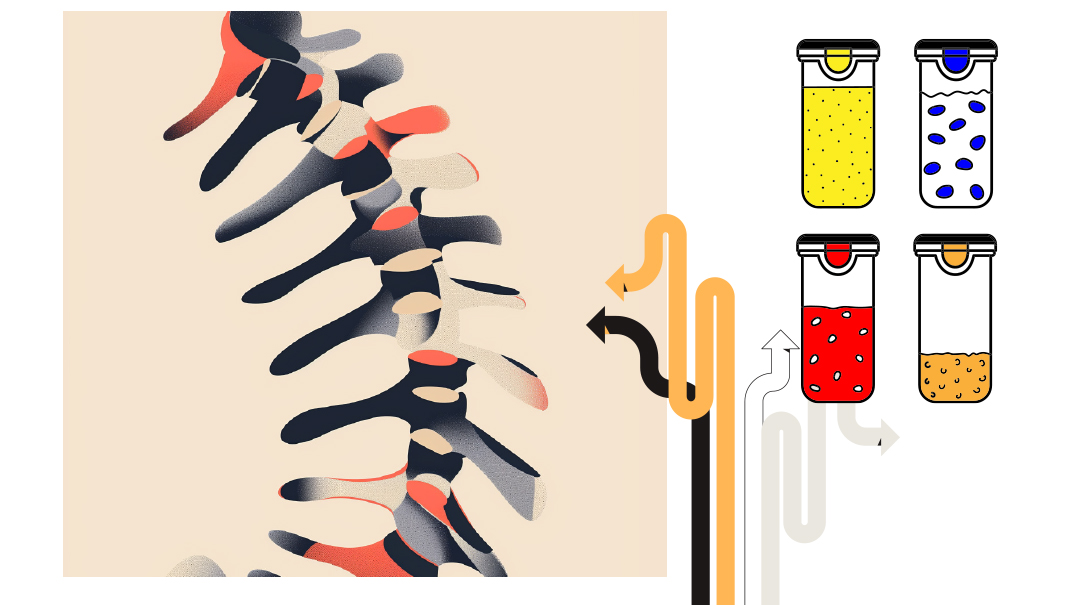Take a Deep Breath
| July 12, 2022Children can drown anywhere that has any water

Take a Deep Breath
Zipora Schuck MA, MS and Devora Schuck LCSW
Every season and time of the year brings situations that may be anxiety provoking. Sometimes it’s the "firsts," like the first day of camp or the first day of school. Other times, it’s events such as school performances, presentations, or trips. Or it may be experiences that are especially triggering like dentist appointments, shots, and tests.
If you have a child who dreads any of these and is difficult to calm, then you know that the old adage is true: “Never in the history of calming down, has anyone ever calmed down by being told to calm down.”
So, what’s a parent to do? Wouldn’t it be great to give your child a tool she could take with her wherever she goes, for whatever may arise, and best of all, would be easy to carry and free?
You can do all this by giving your child the gift of breathing — relaxation breathing that is. Focused breath work is a powerful component of self soothing and calming, and children of any age can learn to use breathing in ways that are helpful to them.
Why is deep breathing helpful?
To simplify the biology, when we’re stressed or upset, our heart rate increases, and our breathing becomes both more rapid and shallow, which then sends us into fight or flight mode. And all parents know that it’s nearly impossible to reason with children when they’re in this state.
When we take deep breaths, we send a message back to the brain that it’s okay to calm down and relax. Mindful breathing can encourage the fight-or-flight response to dissipate a little faster.
Five Calming Breathing Techniques
Teddy Bear Breathing
For the very young, teach teddy bear breathing. Have your child lay on the floor with a stuffed animal placed on her stomach. Ask her to take a big breath through the nose, so big that the stuffed animal moves up as her stomach fills and rises. Have her exhale through their mouth and see the stuffed animal go down. Repeat this to “give the teddy bear a ride” four or five times.
Math Problem Breathing
Elementary school children may enjoy simple math problems that are easy to remember, such as 3+3=6. Three breaths in through the nose, hold for three seconds, then exhaling through the mouth for six seconds. Drill this math problem a few times to get it right.
Hot Cocoa Breathing
Ask your child to imagine she's holding a cup of hot cocoa. They can smell the hot cocoa by breathing in through their nose for four seconds. Cool the cocoa by blowing out through the mouth for four seconds. Repeat five times before “drinking.”
(You can take this up a notch by making a cup of cocoa the first time you teach this technique. Demonstrate inhaling the scent from the top of mug for a count of four, then blowing marshmallows or whipped cream across the surface of the cocoa for another count of four.)
Balloon Breathing
Older children can pretend that they’re blowing balloons for a friend’s surprise party. To blow effectively, they’ll need to inhale and fill themselves up with air through their noses, then release it in a focused way into an imaginary balloon through their mouths. Blow at least four balloons please.
Seashell Breathing
Have your child hold a seashell in their hand as they imagine being on a beach. Ask them to breathe in from the nose for four seconds. Then blow out from their mouth for as long as their breath allows, making the "ssssssss" sound aganst their teeth. Collect and blow five seashells.
Relaxation breathing is meant to be modeled and practiced at a time when the child is relaxed, not during the heat of a panicky moment. Prepping and practicing beforehand is important to help these mindful breathing techniques become more automatic. Once they're in use, your child will have a gift she can use forever.
Zipora Schuck MA. MS. is a NYS school psychologist and educational consultant for many schools in the NY/NJ area. She works with students, teachers, principals, and parents to help children be successful. Devora Schuck LCSW is a psychotherapist who treats anxiety and trauma in children, teens, and young adults.
Safe Splashing
Dr. Jennie Berkovich
While swimming pools are synonymous with summer fun, they can also be risky and dangerous. There are an estimated 320,000 annual drowning deaths worldwide. Drowning is the third leading cause of injury related death and is especially common among children ages one to four. While pools are the most common environments for drownings to occur, any body of water including lakes, canals, bathtubs, and even toilets and buckets are potential sources of danger.
Be Alert Everywhere
Children can drown anywhere that has any water. Toddlers’ heads are exceptionally heavy in relation to the rest of their bodies, making it easy for them to fall into water and struggle to get out. Unfortunately, drownings can occur in as little as two inches of water.
The most important thing is to never leave a child unattended near water. This includes bathtubs, even if they’re in a “safety seat.” Be sure to drain bathwater completely and keep bathroom doors shut at all times when not in use. Buckets of mop water should never be left unsupervised around young children. Shallow inflatable pools should be stored so that rainwater can’t collect in them. Coolers with melted ice are another often missed hazard.
Decrease the Risk
The first line of defense is swimming lessons. Recent studies suggest that water survival skills training and swim lessons can help reduce drowning risk for children between ages one to four. Classes that include both parents and their children also are a good way to introduce good water safety habits and start building swim readiness skills.
Lessons after age four are a must. Barriers like pool fences are also key. This includes a self-closing, self latching gate. Mechanisms like pool covers and pool alarms are prone to failure since they rely on someone remembering to turn them on. Remember that lightweight furniture can be pushed up to a gate, and kids can climb on it and fall in.
Avoid arm floatation devices since they teach the wrong swimming technique (being straight upright) and can give kids and parents a false sense of confidence. Kids who aren’t strong swimmers should remain at arm’s reach of an adult in the pool or be in a coast guard approved personal flotation device (life vest).
Drowning can happen quickly and quietly. No one is drown proof; prevention and being aware of the risks are crucial, so water can be enjoyed safely.
Dr. Jennie Berkovich is a board-certified pediatrician and serves as the director of education for the Jewish Orthodox Women’s Medical Association (JOWMA) Preventative Health Committee.
Expand for Growth
Sara Eisemann LMSW, ACSW
“You can do the best you can until you know better. Then, when you know better, do better.”
—Maya Angelou
One of the key dissenters of the “unconditional acceptance” model is that acceptance leads to complacency and stagnation. That voice worries that if we accept ourselves and forgive our limitations, we won’t be motivated to grow. It feels its job is to shame us into movement.
It turns out there is a more effective motivator that does not extract our spirit, and that’s expansion. When we feel full of our own value, we have enough — to take risks, to share, and to broaden our horizons. As our hearts, souls, and minds expand, they both attract and gravitate toward growth.
Sara Eisemann LMSW, ACSW, is a licensed therapist, directed dating coach and certified core mentor.
(Originally featured in Family First, Issue 801)
Oops! We could not locate your form.







